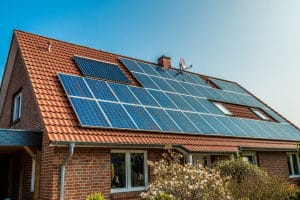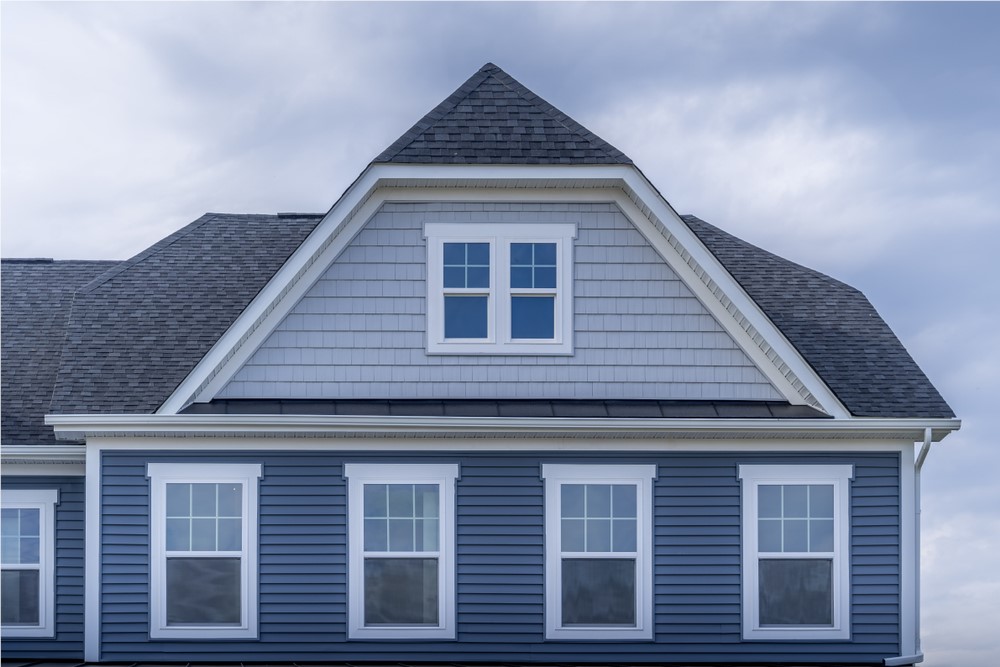 Passive solar homes are all about taking advantage of their surrounding environment for maximum efficiency. It not only has solar panels to take care of heating or cooling that needs to take place in the home, but it also utilizes the climate and the immediate surroundings to increase the efficiency and lower the heating or cooling load, to begin with. But how do these designs work? Should you set up your home to be a passive solar home? Let’s take a closer look. More than solar panels
Passive solar homes are all about taking advantage of their surrounding environment for maximum efficiency. It not only has solar panels to take care of heating or cooling that needs to take place in the home, but it also utilizes the climate and the immediate surroundings to increase the efficiency and lower the heating or cooling load, to begin with. But how do these designs work? Should you set up your home to be a passive solar home? Let’s take a closer look. More than solar panels The main thing to know about passive solar homes is that their design is far more than solar panels on the roof. The entire home is designed to maximize efficiency and reduce the energy load. Many of the windows, for example, will be designed to face the south so that heat can be taken in and stored (thermal mass). The design of the home should be letting in sunlight no matter what season it is, and good ventilation at night for the purpose of cooling during the warmer months. Everything in a passive solar home must work together to achieve maximum efficiency (and comfort, for the residents). The key elements of any passive solar home are properly oriented windows, thermal mass, distribution mechanisms, and control strategies. Properly oriented windows
When we refer to south-facing windows, we actually mean windows that are somewhere within 30 degrees of facing “true” south. When the heating season (Winter and its surrounding months) is in full swing, windows that are shaded between the hours of 9 am and 3 pm are a bad idea. During the cooling season (summer) and its surrounding months, the windows should be shaded so that your home doesn’t get too warm.
Thermal massThermal mass is all about absorption. This could refer to the tile, stone, concrete, or brick, and it is designed to take in the sun’s heat during winter and take in the home’s heat during summer. If you live in a moderate climate, the thermal mass that is already contained in your home’s furniture and other elements could already be enough. For more extreme climates, however, additional thermal storage materials are necessary.
Distribution mechanismsHeat from the sun gets transferred from its point of collection through the processes of conduction, convection, and radiation. These processes will move the heat around the home so the entire home is heated during the winter months. Conduction occurs with, for example, the floor and your own feet, as it requires direct contact. Convection is the transference of heat through the air or through water (or other fluids) -- which is often utilized by efficient passive solar homes via a fan. Radiation occurs when, for example, you stand next to a window the sun is hitting, and you start to warm up.
Control strategiesCertain elements of your passive solar home will help control the climate, no matter what season it is. Roof overhangs, for example, will shade the south-facing windows during summer months. You can also use electronic devices, such as thermostats (to automatically turn on a fan when necessary. Vents and dampers either encourage the flow of heat or slow it down, depending on the season. The use of certain blinds, shutters, and awnings can also be used to control the environment.
Subscribe to Energy Home Pros's Blog





Comments